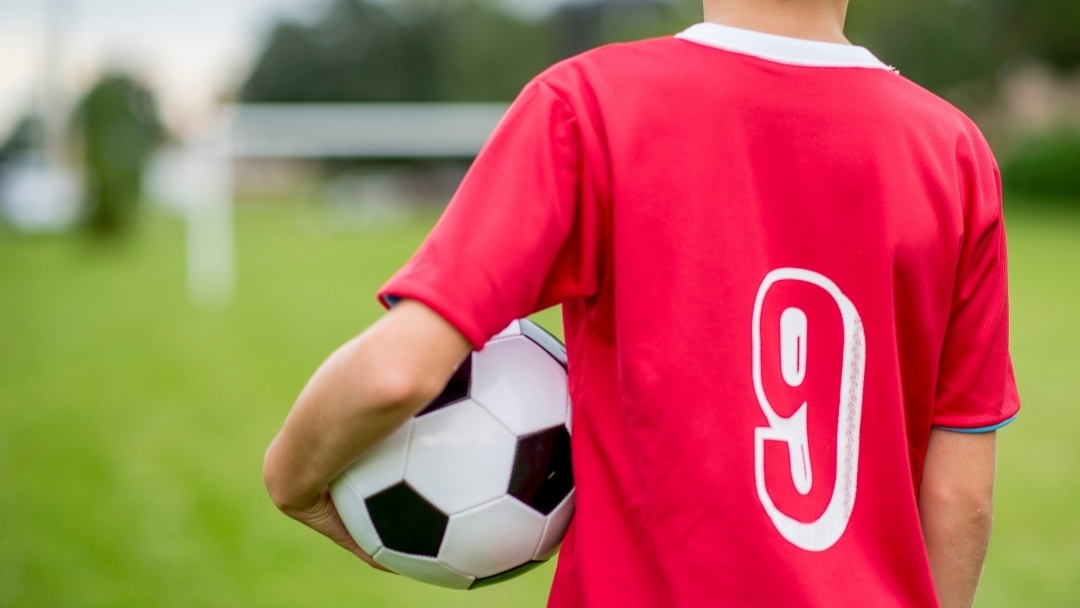Marlene Suliteanu, OTR, and Judith Bluestone, neurodevelopmental/educational therapist, discuss the history and benefits of HANDLE therapy in this blog post.
HANDLE®, an acronym for Holistic Approach to Neuro-Development and Learning Efficiency, believes that everyone possesses the potential to learn. No one knows this better than Judith Bluestone, HANDLE’s founder. Bluestone’s personal history gifted her with the ability to create this award-winning program which applies neuro-scientific principles to a wide range of learning and behavioral challenges.
Grown from a single location in Seattle, since 1994 the HANDLE Institute has certified hundreds of trainers across the United States, in Israel, the United Kingdom, South Africa and Australia. Thousands of individuals have benefited from HANDLE therapy for learning disabilities, ADHD, autism, PDD-NOS, dyspraxia, language disorders, Tourette syndrome and a plethora of sensory and behavioral disorders.
What Are the Components of HANDLE® Therapy?
Holistic
HANDLE therapy considers interdependent internal and external influences from:
- Chemicals
- Allergens
- Nutritional deficits (especially essential fatty acids)
- Dehydration
- Toxins
- Lighting
- TV and video
- Inactivity
- Societal factors
Approach
HANDLE’s approach is a set of guiding principles (not exercises or techniques) from many disciplines, including the belief that the body organizes the brain, not vice versa.
Neuro-Development
HANDLE addresses an interactive hierarchy of the functions of the nervous system, including the brain, cranial and peripheral nerves, the autonomic nervous system and the enteric brain. This hierarchy recognizes that skills such as speech, math, visual tracking and reading cannot be isolated in a particular site in the brain.
Learning
Learning is the ongoing process of using sensory, motor, social and emotional input to organize output for effective behavior.
Efficiency
Efficiency relates to the process of expending little energy with minimum stress to accomplish tasks.
The HANDLE Therapy Philosophy
HANDLE embraces aspects of many other disciplines including:
- Montessori‘s educational concepts
- Kephart‘s visual-perceptual-motor programs
- Ayres‘ sensory integration and praxis therapies
- Bobath neurodevelopmental therapy
- Developmental optometry
- Tomatis and Berard auditory therapies
- Irlen‘s scotopic sensitivity screening
- Piaget‘s cognitive psychology
- Lindamood Bell‘s approach to language learning
- The effects of nutrition on neurodevelopment
- Homeopathy
- Reflexology
- Myofascial release
- Craniosacral therapy
- Energy therapy
The result is an integrated structure for guiding and enhancing neurodevelopment for learning. Neurodevelopment implies neuroplasticity which continues throughout the lifespan.
HANDLE also incorporates motivational techniques that empower individuals to heal themselves. It redefines outcomes in a holistic, functional manner. This therapy differs from most other approaches by fully engaging with the individual‘s environment–internal/external, physical and social, current and historical. Daily, gentle enhancement of functions strengthens the nervous system without causing ill-effects as a result of overload.
HANDLE views AD(H)D and autism/pervasive developmental disorder differently. Bluestone believes the former is a misnomer for Attentional Priority Disorder (APD), an inflexibility in ordering attentional priorities. The latter is the extreme state of APD, resulting in severe anxiety and compromised body systems including the immune system and digestive system.
In working with clients, HANDLE first identifies dysfunction in sensory systems, diet and the environment. Many persons who have inflexible attentional priorities also have poor tolerance for various environmental stimuli, impaired nutritional status, and food allergies. Environmental problems include hypersensitivity to clothing, odors, lighting and sound.
Treatment may focus on strengthening the vestibular system, enhancing muscle tone, improving visual focus or changing eating habits, and decreasing the number of extraneous sounds or lighting.
Types of Activities in a HANDLE Program
Lives, not tasks, change because with neurodevelopmental integration, the body, not the therapist, directs performance. HANDLE practitioners first develop an individualized profile of emerging functions. Then they identify and design home-implemented programs to gently enhance weak areas of specific senses and the interrelations among them, honoring signs of stress in the client’s body. Recommended activities are simple to perform, and require virtually no special equipment.
HANDLE relies heavily on movement to organize mental processing and influence the body‘s biochemistry. Clients perform intervention activities in small, measured doses, a total of about a half hour per day. These procedures can be done almost anywhere, including home, school. While activities may appear deceptively simplistic, the therapist is always sensitive to the client’s physical and social-emotional needs, continuously watchful not to stress a weak system.
Each exercise program is specially designed to meet the individual client‘s specific needs. Some of the more frequently suggested activities involve:
- Drinking from a crazy straw
- Playing follow-the-leader with a flashlight
- Rhythmic ball bouncing
- Copying designs by feel alone
- Catching a suspended ball
- Stepping through a hula hoop “maze”
Therapy time typically requires approximately a half hour, preferably interspersed throughout the day.
HANDLE Helps
Independent research confirms that HANDLE programs enhance brain function. Bluestone has written two books describing her successes. In the first, The Churkendoose Anthology: True Stories of Triumph over Neurological Dysfunction: Insights into the Holistic Approach to NeuroDevelopment and Learning Efficiency (HANDLE), she tells true Stories of triumph over neurological dysfunction. Her second, The Fabric of Autism, Weaving The Threads Into A Cogent Theory, describes HANDLE diagnostic and therapeutic practices in depth.
HANDLE Training
Hundreds of professionals have participated in HANDLE therapy training programs and are incorporating aspects of HANDLE theory and practice into their work. Visit www.handle.org to find a HANDLE-trained professional in your area.
Marlene Suliteanu, OTR is the owner of GET ABLE in Oceanside, CA. Judith Bluestone is the founder of HANDLE. She lives in Seattle, WA.
Still Looking for Answers?
Visit the Epidemic Answers Practitioner Directory to find a practitioner near you.
Join us inside our online membership community for parents, Healing Together, where you’ll find even more healing resources, expert guidance, and a community to support you every step of your child’s healing journey.
Resources
Books
Bluestone, Judith.The Churkendoose Anthology: True Stories of Triumph over Neurological Dysfunction: Insights into the Holistic Approach to NeuroDevelopment and Learning Efficiency (HANDLE). Handle Institute, 2002.
Bluestone, Judith. The Fabric of Autism, Weaving The Threads Into A Cogent Theory. Handle Institute, 2005.




